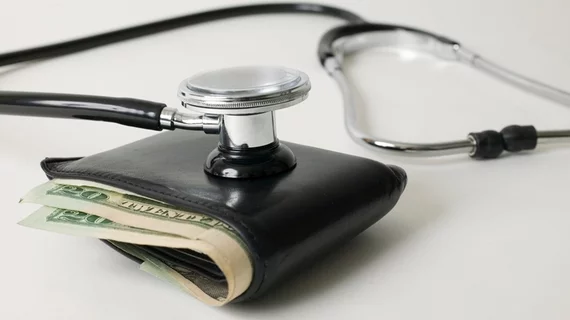National health spending reached $3.76 trillion in March 2019, a 4.6% jump from the same month in 2018, according to recent data from Altarum, underscoring signs of acceleration during the first quarter of 2019.
Over the same 12-month period, national GDP grew at a rate of 4.6%, with health spending making up 17.9% of GDP in March 2019.
Hospital spending and physician and clinical services spending made up more than half of total health spending during March 2019, representing 32% and 20% of the total, respectively. Nursing home care and home healthcare spending were 8% of total health spending. Overall, 85% of total health spending was on personal healthcare goods and services.
At 10% of total health spending, prescription drugs saw the biggest increase in spending during the 12-month period. This result was “surprising,” with a year-over-year growth rate of 8.7% in March, compared to 4.9% in December 2018. The hike in spending is the “highest monthly value” in the time series since October 2015.
The growth rate, which does not include rebates from manufacturers, comes at a time when the Trump administration has put forth several proposals and new regulations that could lower drug prices, one of the key drivers of higher prescription drug spending.
The slowest growing category was dental services expenditures, which rose 1.4% in March 2019.
The health spending growth is above the annual rate of 2.6% seen since the start of the recession. Beginning in December 2007 through March 2019, health spending has increased 33.9%, Altarum found. GDP, by comparison when excluding healthcare, fell more than 6% in mid-2009 and is only 16.6% above its December 2007 level. With health spending included, GDP was 19.3% above its December 2007 level.

